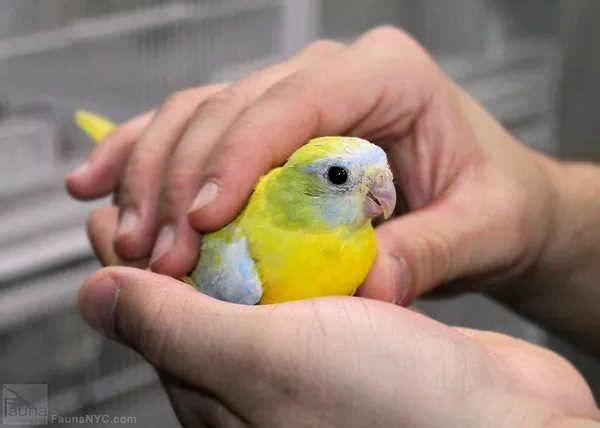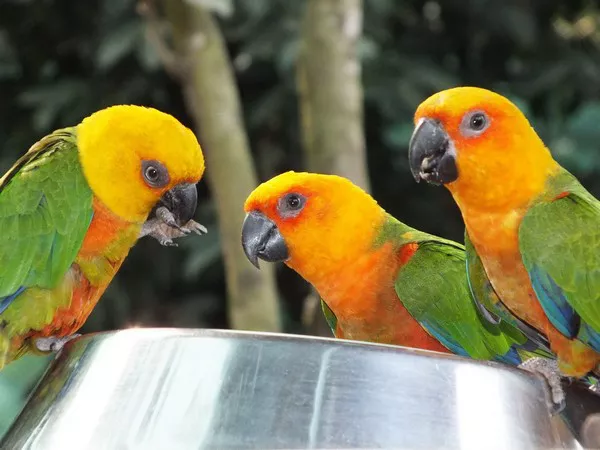African Grey Parrots, scientifically known as Psittacus erithacus, are remarkable and intelligent birds native to the rainforests of West and Central Africa. Their distinctive appearance, remarkable ability to mimic human speech, and complex cognitive skills have made them popular pets around the world. However, understanding their dietary preferences and habits in the wild is crucial for providing appropriate care in captivity. In this article, we delve into the dietary habits of African Grey Parrots in their natural habitat, shedding light on their nutritional needs and offering insights for responsible pet ownership.
Diverse Diet in the Wild
In their natural environment, African Grey Parrots exhibit a diverse and balanced diet, which is essential for their overall health and well-being. These birds are classified as omnivores, meaning they consume both plant and animal matter. The diet of wild African Grey Parrots primarily comprises fruits, seeds, nuts, flowers, and various vegetation. They have also been observed consuming insects and small invertebrates, which provide them with essential proteins and other nutrients.
Fruits and Seeds
Fruits play a significant role in the diet of African Grey Parrots. In the wild, they forage for a wide variety of fruits, including figs, palm fruits, berries, and mangos. These fruits are rich in vitamins, minerals, and antioxidants, contributing to the parrots’ overall health. Seeds, such as those from various grasses and plants, are another crucial component of their diet. These seeds provide energy and essential fatty acids necessary for their daily activities.
Nutritional Benefits
African Grey Parrots’ natural diet offers a well-rounded nutritional profile that supports their energy requirements and sustains their vibrant plumage. The diversity of foods they consume ensures they receive a range of vitamins, including vitamin A for vision health, and minerals like calcium for strong bones and beaks. The antioxidants found in their fruit-based diet also aid in protecting their cells from oxidative stress.
Role of Insects
While plant-based foods form the bulk of their diet, African Grey Parrots occasionally consume insects and invertebrates. These small creatures provide an additional source of protein and essential nutrients that may not be as abundant in their plant foods. In the wild, they may feast on insects like termites and ants, supplementing their diet with these protein-rich morsels.
Foraging Behavior
Foraging is a vital aspect of African Grey Parrots’ feeding behavior in the wild. They spend a significant portion of their day searching for food, which serves multiple purposes. Foraging keeps them physically active, engaging their minds and preventing boredom. Additionally, the act of searching for food mimics their natural behavior, providing mental stimulation that is crucial for their overall well-being.
Implications for Captive Care
Understanding the natural diet of African Grey Parrots in the wild has profound implications for their care in captivity. Providing a diet that closely mirrors their natural preferences can significantly contribute to their health and longevity. Commercially available pelleted diets, supplemented with a variety of fresh fruits, vegetables, and occasional protein sources, can mimic the nutritional diversity they experience in their natural habitat.
Conclusion
African Grey Parrots are fascinating creatures with complex dietary needs shaped by their natural habitat. Their consumption of fruits, seeds, nuts, and occasional insects underscores their versatility as omnivores. By recognizing and respecting their dietary preferences, both in the wild and in captivity, we can contribute to the overall well-being and happiness of these magnificent birds. Whether in their rainforest homes or our living rooms, a well-rounded and nutritionally balanced diet is essential for the health and vitality of African Grey Parrots.
Related Topics:
























